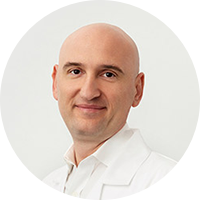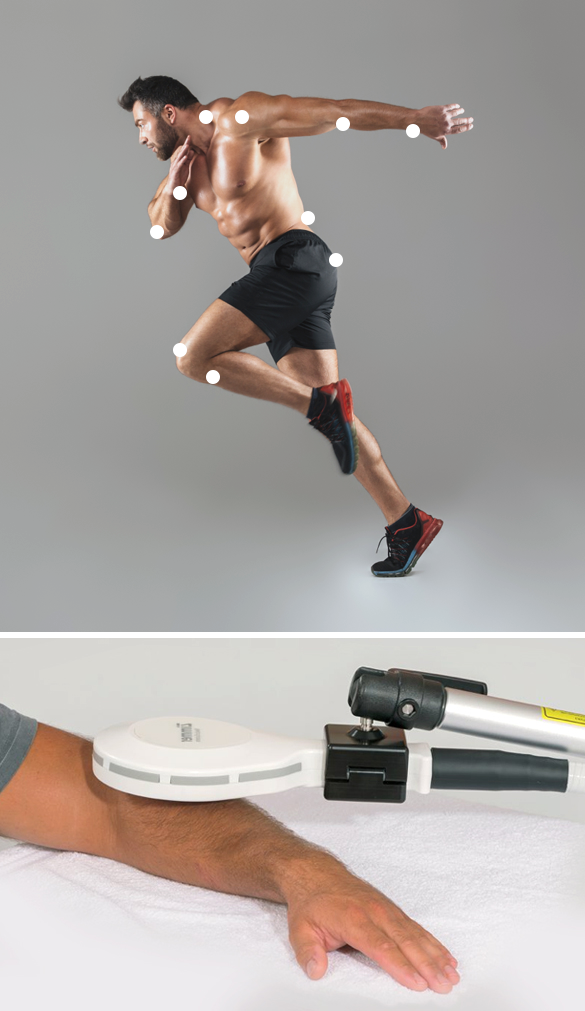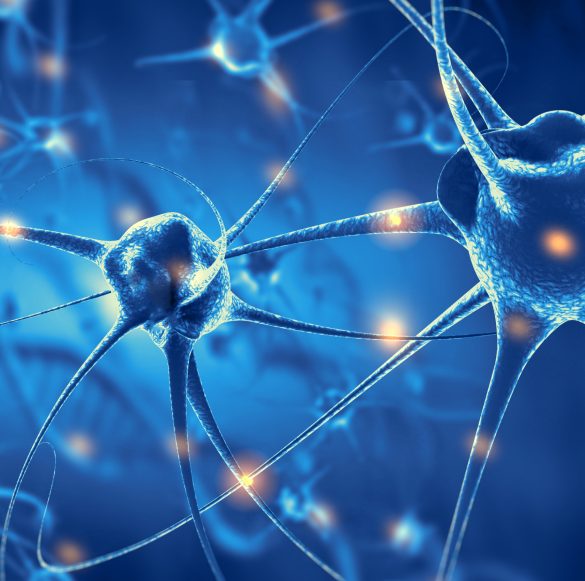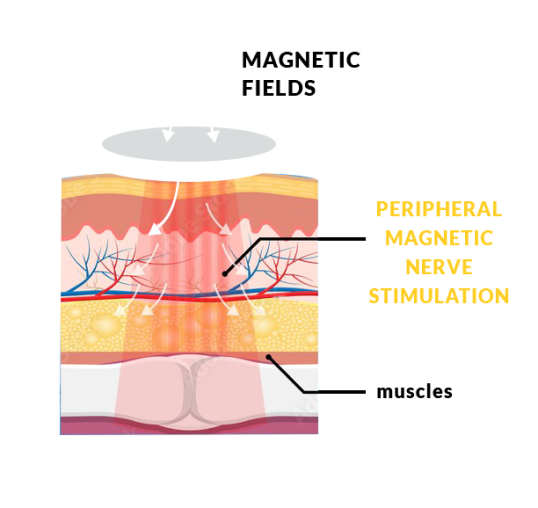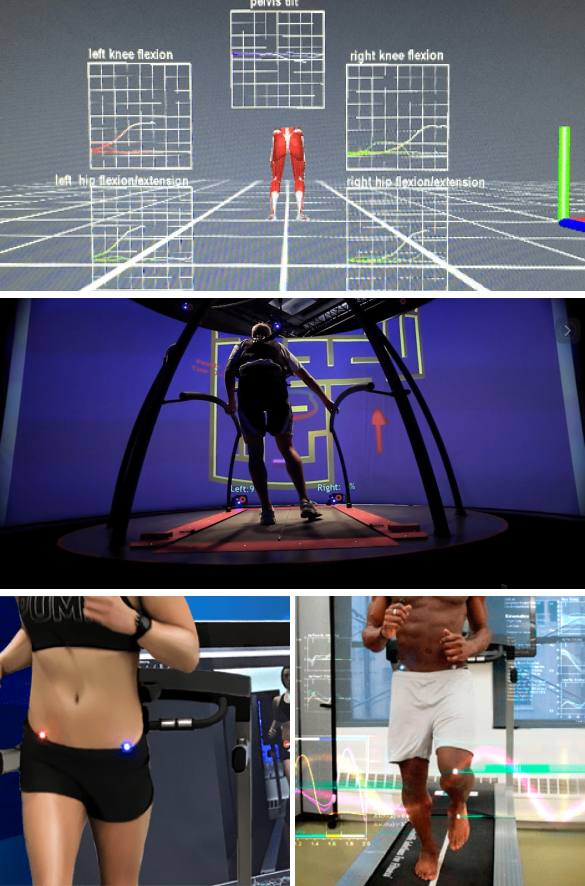What is HEIT and How Does It Work?
High energy inductive therapy uses electromagnetic fields to penetrate cells, tissues, organs and bones, to reactivate the electrochemical function of cells and cell membranes. HEIT generates a magnetic field of up to 3 Tesla, about 600 times stronger than the field of a normal magnet, to stimulate healing of nerves, muscles and blood vessels.
During HEIT therapy, the clinician uses a non-invasive handheld device to deliver EMFs to the site of pain or dysfunction. The patient remains completely clothed, with no skin contact, and the procedure is completely pain-free. Depending on the patient’s condition, the clinician can opt for static or dynamic treatment.
Static treatment entails the use of a large applicator mounted on an applicator arm and directed at pain points or trigger points that have previously been palpated by the clinician. The clinician then selects the appropriate power output level to target the affected area. Static treatment is typically used to treat trigger points or pain points.
Dynamic treatment is administered by the clinician using a hand-held medium-sized applicator. After initially palpating the treatment zone, the clinician selects the appropriate power output level and administers HEIT by hand. Dynamic treatment is typically used to treat more generalized areas of pain.
Static and dynamic HEIT treatments may be combined, but static therapy for trigger points should precede dynamic therapy.


